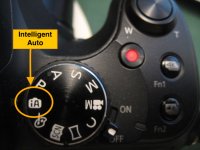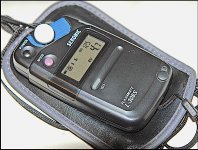Hi all,
Does anyone have a recommendation, link or basically a point in the right direction for a pocket type guide with scenarios with camera settings or like tip cards?
I find reading large books doesn't sink in, and I thought if I had a basic to the point tip like ("Landscape Hills" ISO 100, f5, AF area mode:single point, metering:matrix) would help greatly and while out about about taking the pictures.
I'm going away soon and will have time to play with the DSLR and would like to be able to try using the manual settings for landscapes, architecture and night city lights.
Thanks.
Does anyone have a recommendation, link or basically a point in the right direction for a pocket type guide with scenarios with camera settings or like tip cards?
I find reading large books doesn't sink in, and I thought if I had a basic to the point tip like ("Landscape Hills" ISO 100, f5, AF area mode:single point, metering:matrix) would help greatly and while out about about taking the pictures.
I'm going away soon and will have time to play with the DSLR and would like to be able to try using the manual settings for landscapes, architecture and night city lights.
Thanks.


